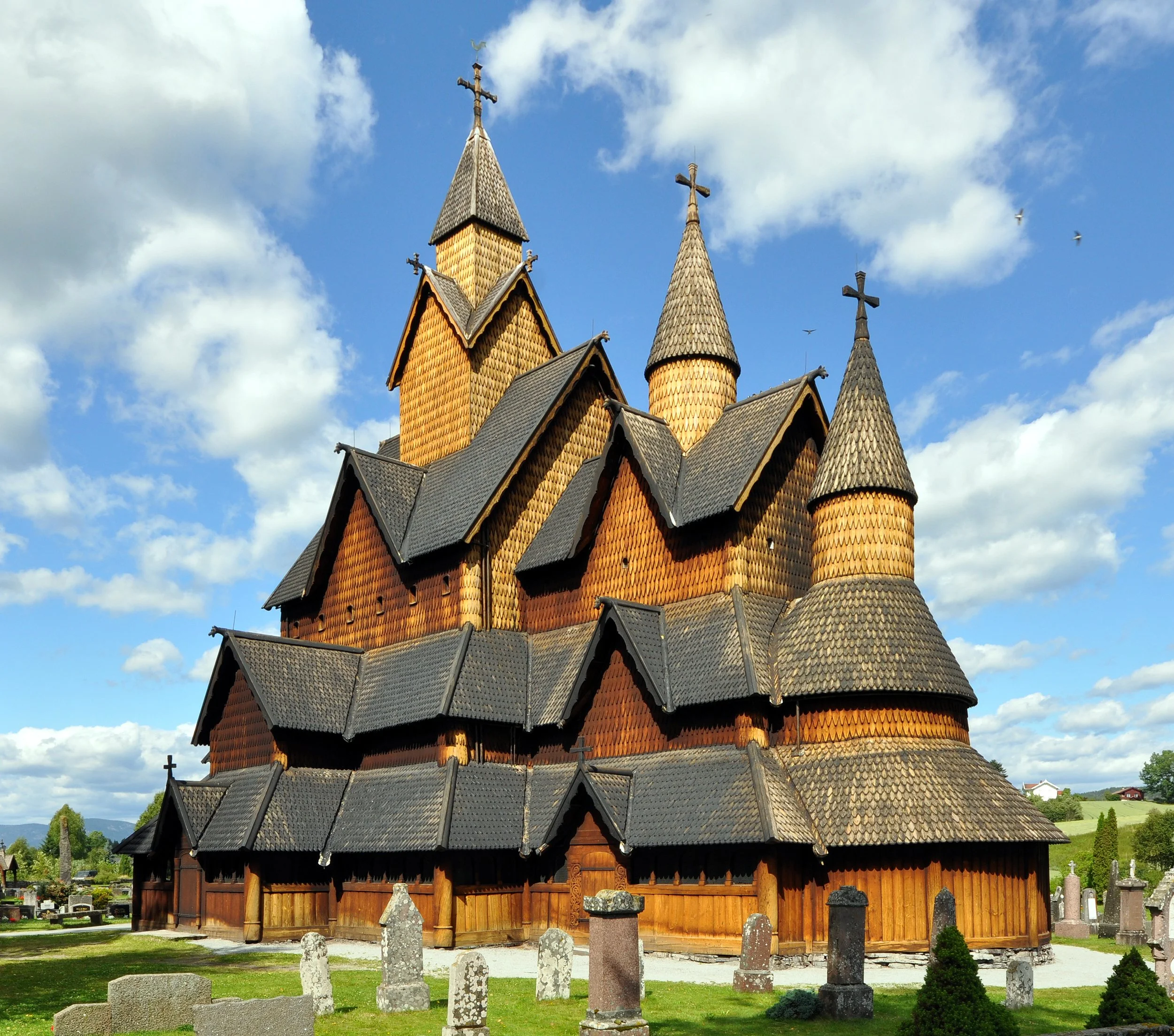How Much Does It Cost to Build an Architect-Designed Holiday Cabin?
We help Maximise Your Rental Income with Eco-homes and Luxury Holiday Homes, provided by RIBA Chartered Architects.
Introduction - Architect Holiday Cabin Costs
It’s a question we’re asked often: “How much will it cost to build a holiday cabin?”. The short answer is that it depends, but understanding why it depends is key to making informed decisions and achieving a meaningful return on your investment.
Architect-designed holiday cabins typically command higher nightly rates and occupancy levels on platforms such as Airbnb and Canopy & Stars. They offer guests something distinctive — a sense of place, atmosphere, and quality that mass-produced options simply can’t replicate. However, this level of design consideration does come with higher up-front costs compared with an off-the-shelf shepherd’s hut or prefabricated pod.
In this article, we’ll outline what drives those costs, what kind of budget to expect, and why investing in a well-designed cabin can ultimately make better long-term financial sense.
There is a common misconception that timber structures are inherently short-lived. In reality, when designed and detailed correctly, timber can endure for centuries. The Stave Churches of Norway are a remarkable example, meticulously crafted timber buildings that have stood for more than 500 years.
Key Factors Affecting Construction Costs
1. Size
The most direct cost driver is size. Construction is typically priced per square metre, so a larger cabin will naturally cost more. However, bigger isn’t always better; thoughtful spatial design can create a sense of generosity within a modest footprint.
2. Specification
Finishes and performance standards have a significant impact on cost. A cabin built to domestic housing standards, building control compliant well well-insulated, high-quality joinery, and robust detailing, will command a higher budget than a lightweight glamping pod, but it will also perform better and last far longer.
3. Material Choices
The selection of materials plays both a financial and environmental role. For example, reusing or repurposing materials can reduce embodied carbon and add character, but may introduce additional labour costs. Conversely, a streamlined palette of new materials can simplify construction but may lack the narrative richness that guests connect with.
Physical model study of a more recent version of the Monocoque Cabin concept, exploring how a continuous structural shell can create both enclosure and strength. The design reduces the need for internal framing, improving efficiency and durability while maintaining a refined architectural character.
Building a Cabin That Lasts
One of the greatest advantages of building your own holiday cabin is the ability to ensure longevity. Many off-the-peg options — such as caravans or modular pods are designed with a limited lifespan of 5 to 20 years. They depreciate quickly and often need replacing or major refurbishment within 10 years.
By contrast, a well-designed, properly constructed cabin can last 50 to 100 years or more, provided it is well maintained, just like any home. This transforms the project from a short-term expense into a long-term asset.
Estimated Construction Costs
As a guide, a one-bedroom holiday cabin of around 15–25 m² will typically cost between £52,000 and £91,000 to build.
This broad range reflects the influence of design complexity, material specification, and site conditions. At the lower end, you might achieve a simple yet well-detailed timber cabin with standard finishes. At the higher end, you’re entering the territory of bespoke craftsmanship, integrated furniture, extensive glazing, and sustainable technologies such as off-grid energy systems.
A distinctive cabin design that utilises cork as the primary façade material, chosen for its natural warmth and environmental performance. The structure is defined by powder-coated steel framing and aluminium mullions, creating a refined contrast between texture and structure.
Why Uniqueness Pays
In the world of short-stay accommodation, uniqueness translates directly into income. Guests are drawn to properties that offer an experience rather than simply a place to sleep. Cabins that are a little different — whether through their form, setting, or the story they tell — tend to achieve higher nightly rates and stronger year-round occupancy.
For this reason, it’s worth resisting the temptation to oversimplify the design. A distinctive, well-crafted cabin not only enhances your guests’ experience but also strengthens your brand and resale value over time.



